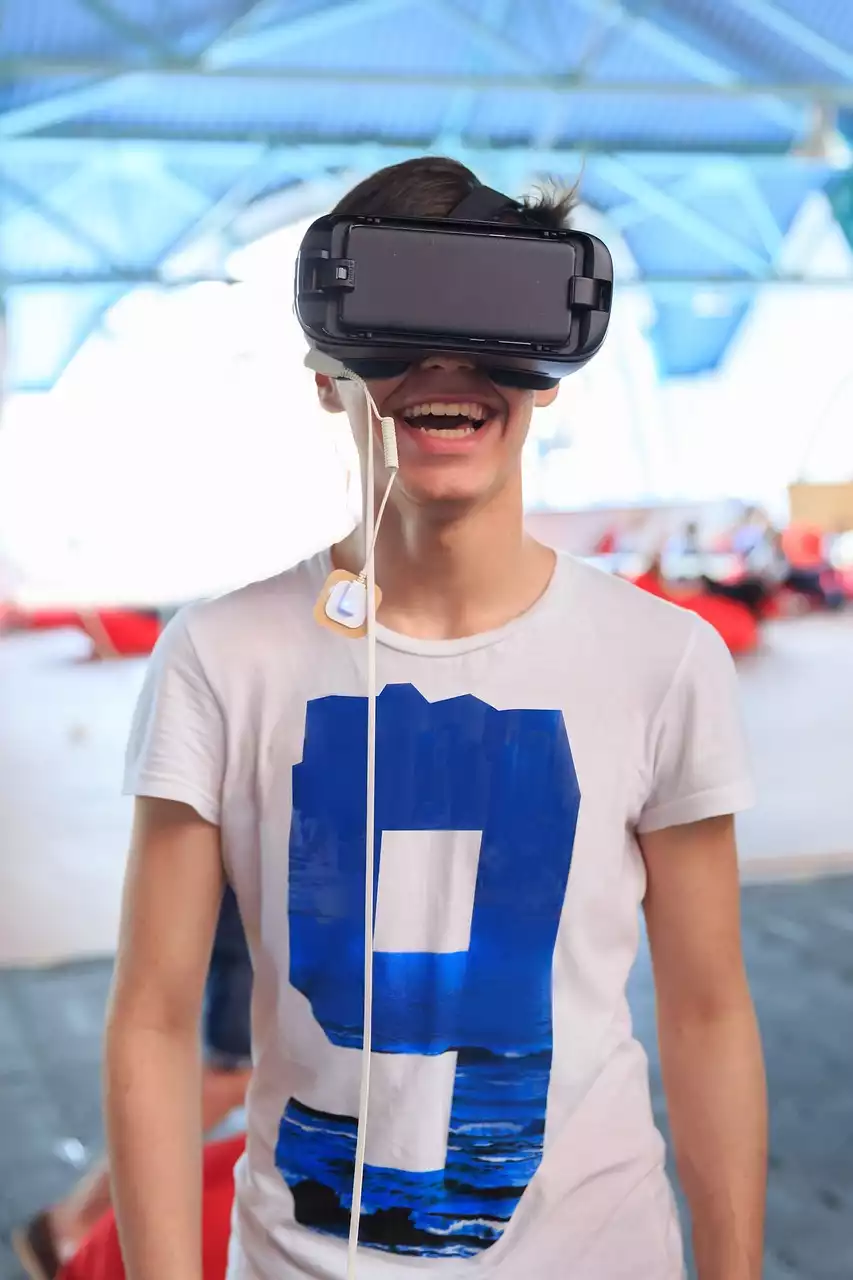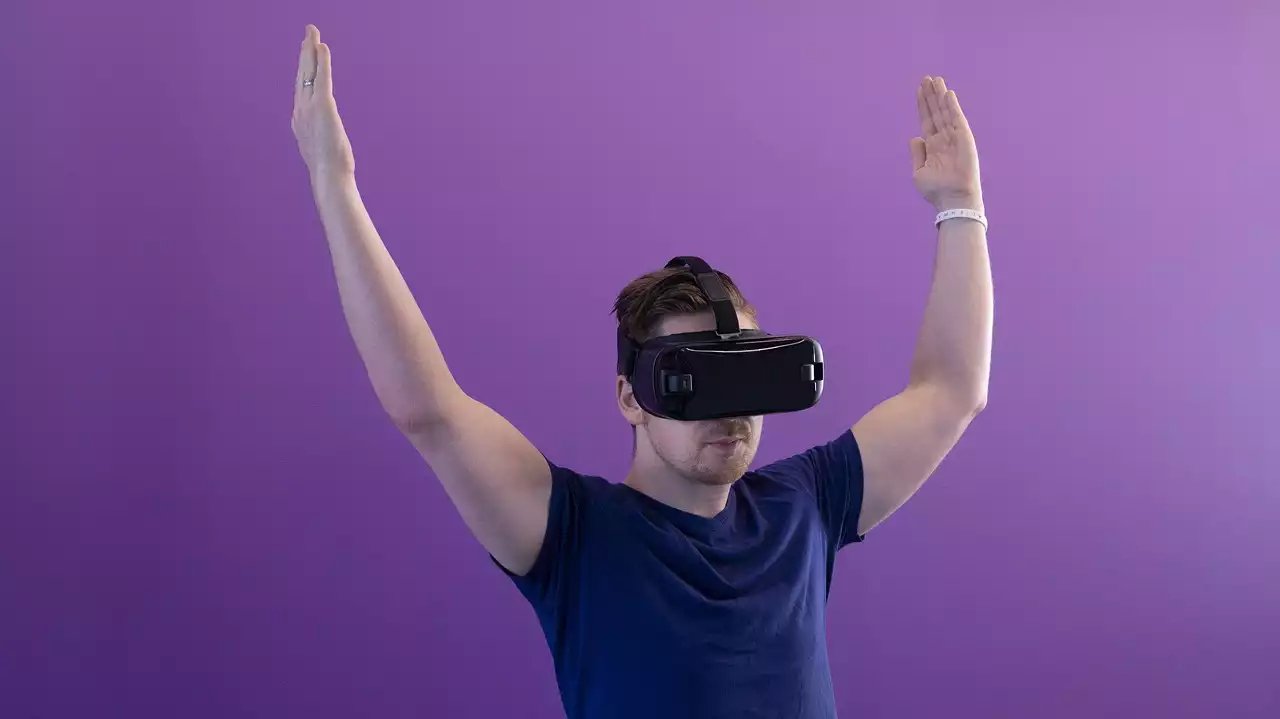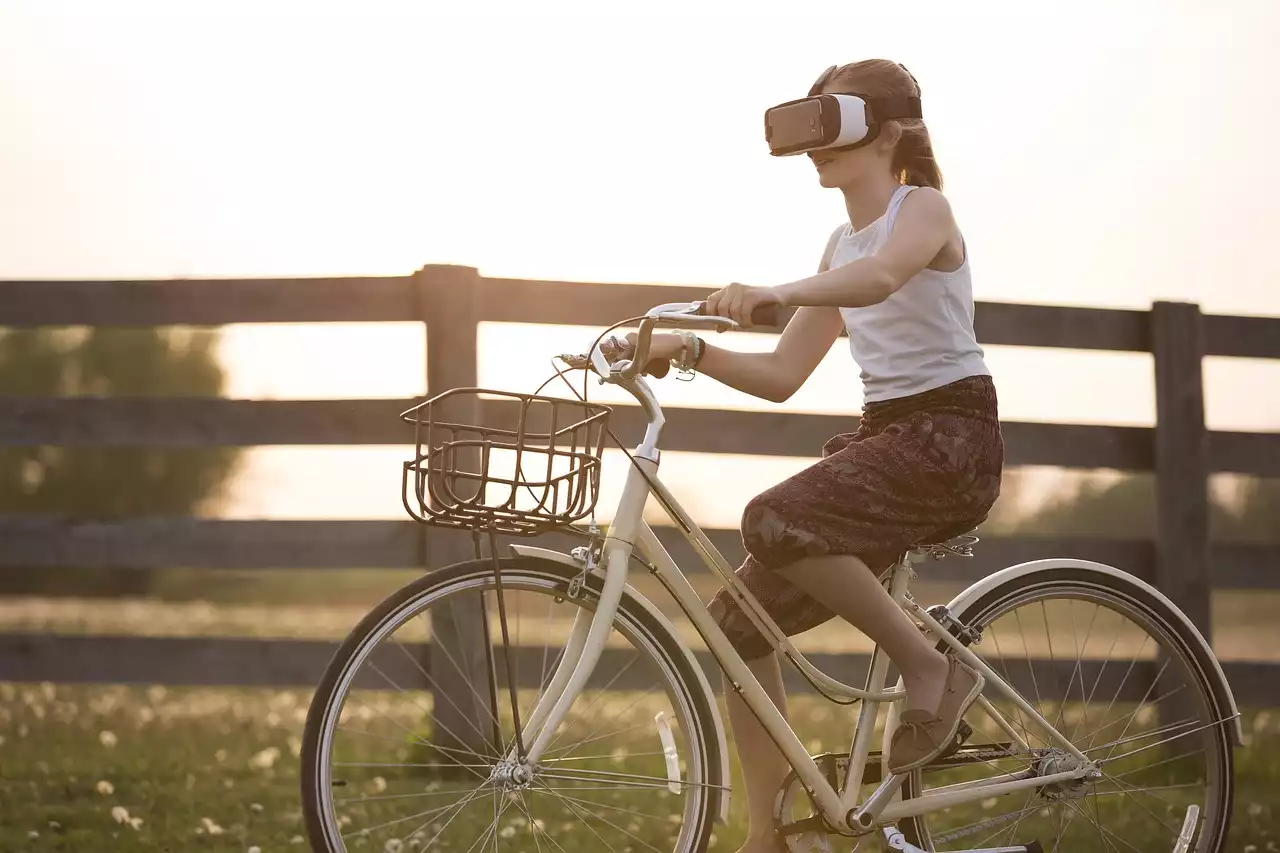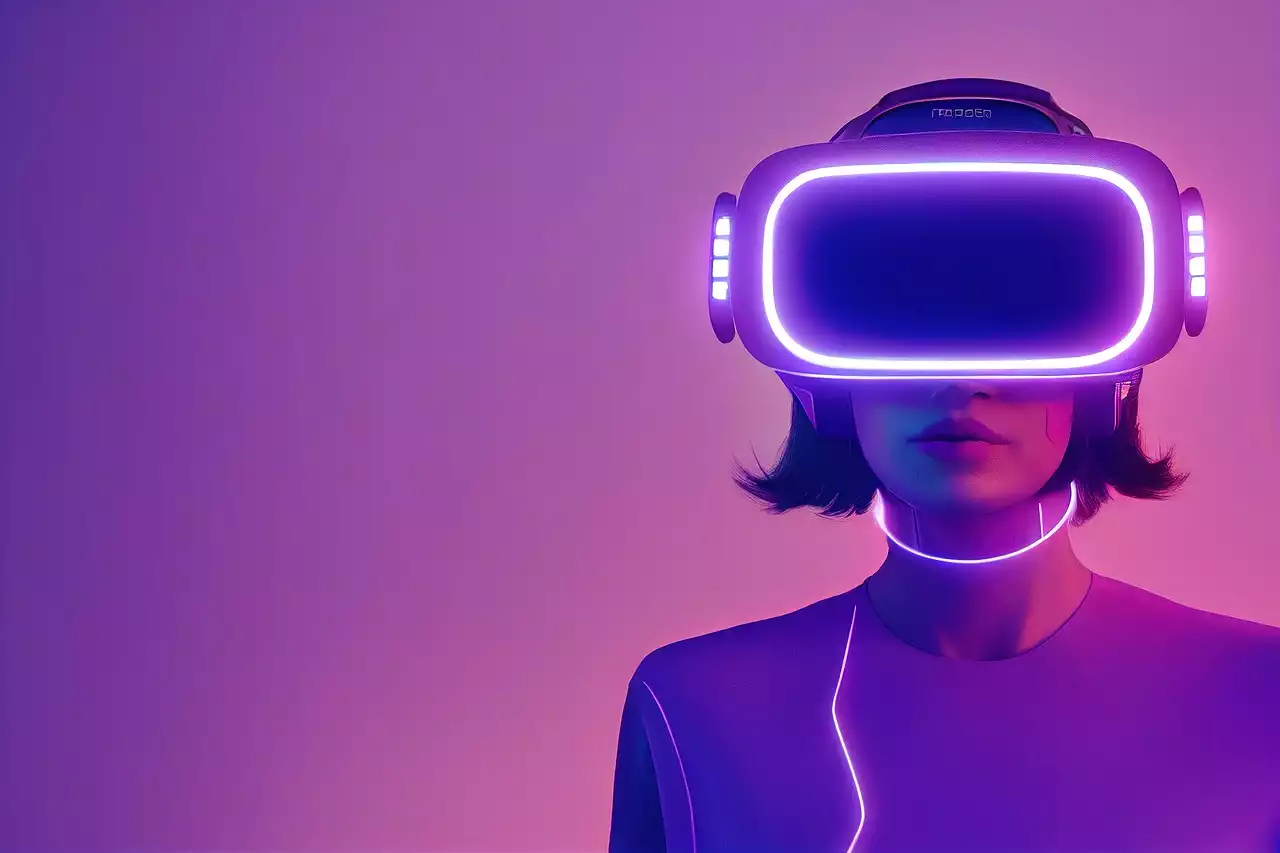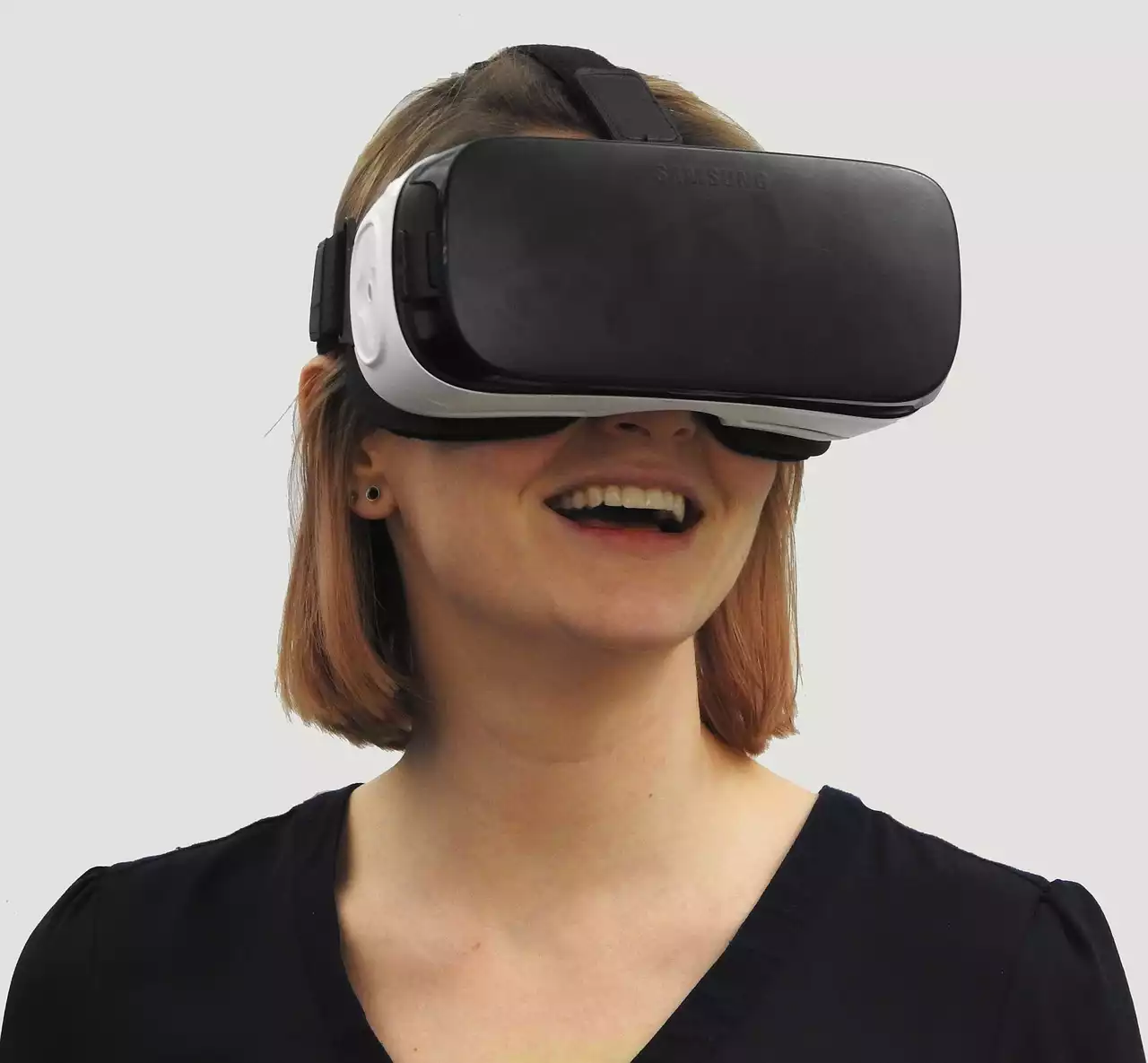Types of Virtual Reality Sensors
There are various types of virtual reality sensors, each with their own set of unique properties and capabilities that make them ideal for specific types of applications. Some of the most common types of sensors include: - Accelerometers - Accelerometers can be used to track a person’s hand gestures and allow them to interact with objects in a virtual environment. They are intended to be used in combination with other sensors to achieve an overall more immersive experience.
- Cameras - Cameras can be used to track a person’s facial expressions and body movements to allow users to interact with a virtual environment by using their natural gestures and movements.
- Gyroscopes - Gyroscopes can be used to track a person’s head movements and allow them to look around a virtual environment by moving their head in real life. They are intended to be used in combination with other sensors to achieve an overall more immersive experience.
- Light Sensors - Light sensors can be used to track the amount of light in a given environment and adjust a virtual environment accordingly. They can also be used to detect certain types of light, such as ultraviolet light.
- Orientation Sensors - Orientation sensors can be used to track a person’s orientation and allow them to move around a virtual environment. They are intended to be used in combination with other sensors to achieve an overall more immersive experience.
How Virtual Reality Sensors Work
Virtual reality sensors are able to translate a person’s real-life movements and expressions into the virtual environment by using advanced hardware and software. The hardware component of virtual reality sensors includes various sensors and cameras. The sensors are able to collect data about a person’s surroundings, while the cameras are able to detect visible light and translate that data into the virtual environment. Once the data has been collected, it is sent to a computer or console where it is processed using advanced software. The software is able to interpret the data collected from the sensors, translate it into the virtual environment, and create a virtual representation of the data. The key to creating an immersive virtual experience is the ability of the sensors to work together to translate real-life data into a virtual environment. By combining their capabilities, sensors are able to create a more accurate and realistic virtual experience than what is possible with just one type of sensor. A virtual reality system is only as good as its sensors, and different sensors are better suited for different applications. By understanding how virtual reality sensors work, we can begin to explore the potential of virtual reality and open up a world of possibilities.
Benefits of Using Virtual Reality Sensors
Virtual reality sensors provide a number of benefits, including an improved immersive experience, more accurate data representation, and the ability to use augmented reality. Virtual reality sensors are able to provide an improved immersive experience by combining the capabilities of various sensors to create a more accurate representation of the real world. This enables virtual reality systems to create a more immersive environment overall and make the virtual experience feel more like the real world. Virtual reality sensors are also capable of providing more accurate data representation. This is possible thanks to the fact that sensors are able to collect data from a wide variety of areas and translate that data into the virtual environment. This enables virtual reality systems to collect data from a much wider range of areas than would be possible with just one type of sensor. Virtual reality sensors are also able to provide the ability to use augmented reality, which is the blending of virtual reality and the real world. This is made possible thanks to the software that is used to direct the operations of virtual reality sensors.
Challenges of Using Virtual Reality Sensors
Virtual reality sensors come with a number of challenges that must be considered when using them, including the need for powerful computers and advanced sensors. In order to achieve a high-quality virtual experience, virtual reality sensors require powerful computers that are capable of processing the data collected from the sensors. This means that people who want to use a virtual reality system will first need to make sure that they have the necessary computer hardware before they can begin using the system. Additionally, virtual reality sensors feature an advanced design that requires sensors to be placed in specific locations throughout a person’s environment. This can be challenging for people who want to use virtual reality in their everyday lives since they might not have the space to place sensors in all of the appropriate locations.
Applications of Virtual Reality Sensors
Virtual reality sensors can be used for a wide range of applications, including gaming, entertainment, and education. One of the most common applications of virtual reality sensors is in gaming, where they are used to translate a person’s real-life movements and gestures into the virtual environment. This allows gamers to interact with the virtual environment in ways that would not be possible with a traditional controller. Virtual reality sensors are also used in a variety of other applications, such as entertainment and education. Virtual reality sensors can be used to create entertaining and immersive virtual experiences, such as virtual reality games and virtual reality videos. They can also be used to educate people through virtual reality, allowing educators to create interactive experiences that are difficult to achieve with traditional methods.
